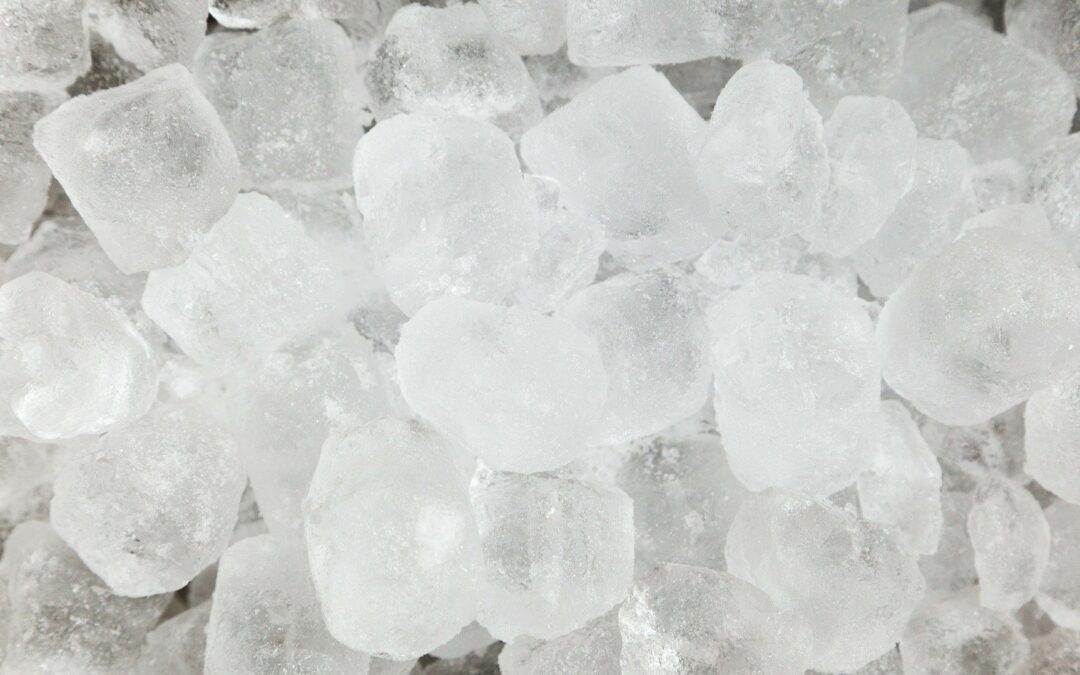Icing after Eccentric Contraction-Induced Muscle Damage Perturbs the Disappearance of Necrotic Muscle Fibers and Phenotypic Dynamis of Macrophages in Mice.
Masato K, Kawanishi N, Tominaga T, Miyazaki A, Nagata I, Miyoshi M, Miyakawa M, Sakuraya T, Sonomura T, & Arakawa T. Journal of Applied Physiology. 2021; 130, 1410-1420. doi: 10.1152/japplphysiol.01069.2020.
Full Text Freely Available
Take-Home Message
Icing after eccentric exercise may impair muscle regeneration in mice because it slows removal of necrotic tissue and delays and extends key aspects of inflammation.
Background
Ice is a common treatment for musculoskeletal injury to suppress inflammation and decrease pain perception. However, we lack strong evidence that ice enhances clinical outcomes. Instead, ice may impair muscle regeneration in animals. If we understood how ice could impair muscle regeneration, it may help us better understand the role ice should play in our treatment strategies.
Study Goal
Masato and colleagues used mice to assess the relationship icing had on the mechanisms and metabolic processes affecting muscle regeneration.
Methods
The authors randomized 40 adult, male mice into an eccentric-contraction with ice treatment group and an eccentric-contraction without ice treatment control group. Furthermore, they divided the mice to examine them at 1, 3, 5, 7, and 14 days after applying electrical stimulation to elicit eccentric contractions that damaged the muscle. The investigators harvested samples of the gastrocnemius to assess the effects of icing (intervention group) measured against the control group’s metabolic processes. The intervention group’s icing consisted of three sets of 30-minutes applied every two hours immediately after, 24 hours after, and 48 hours after stimulating eccentric contractions.
Results
Mice without ice initially had several types of cells move into the damaged tissue (e.g., neutrophils, monocytes/macrophages), then the inflammation began to resolve, which allowed muscle regeneration to succeed. In contrast, the mice with ice had slower migration, and fewer cells move into the damaged tissue. Furthermore, the mice with ice had delayed resolution of inflammation.
Viewpoints
The authors of this 14-day mice-based randomized control trial study identified that icing muscle damage negatively affected muscle regeneration. Specifically, ice impaired muscle regeneration by slowing removal of necrotic tissue and delaying resolution of inflammation, which was defined by a delayed and extended presence of certain types of macrophages. Future researchers should examine broader settings of icing to see if these findings apply to human sport application.
Clinical Implications
Clinicians and healthcare organizations should consider that these findings support a reassessment of our use of ice when treating patients with muscle tissue damage. These data should also be used in discussion with patients and fellow providers to establish a shared understanding of ice’s effect on muscle regeneration.
Questions for Discussion
How would these findings change your perspective on the use of ice to treat muscle damage? How would you use this information in your practice?
Related Posts
- Clinical Practice Guidelines: Lateral Ankle Ligament Sprains
- Delayed Onset Muscle Soreness: Put a Freeze on it or Heat it Up?
- Nonoperative treatment of muscle injuries – recommendations from the GOTS expert meeting
Written By: Jeremy Howard
Reviewed by: Jeffrey Driban


